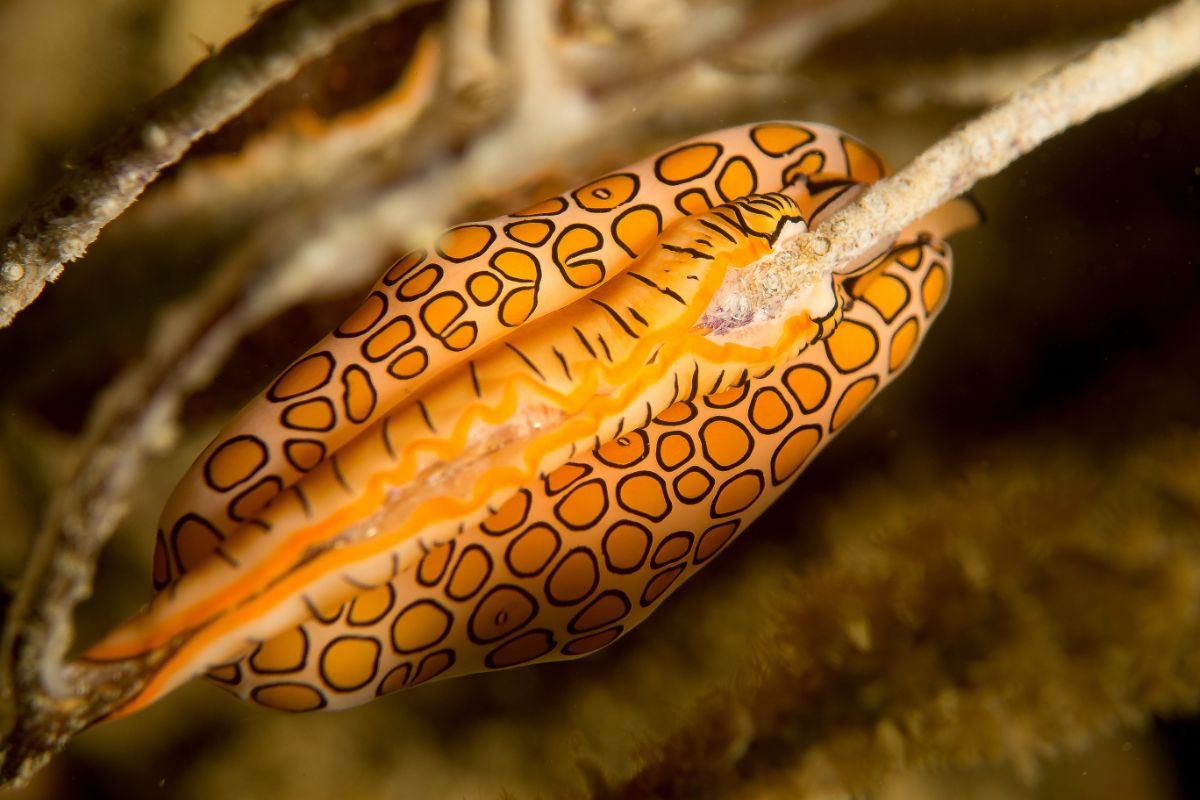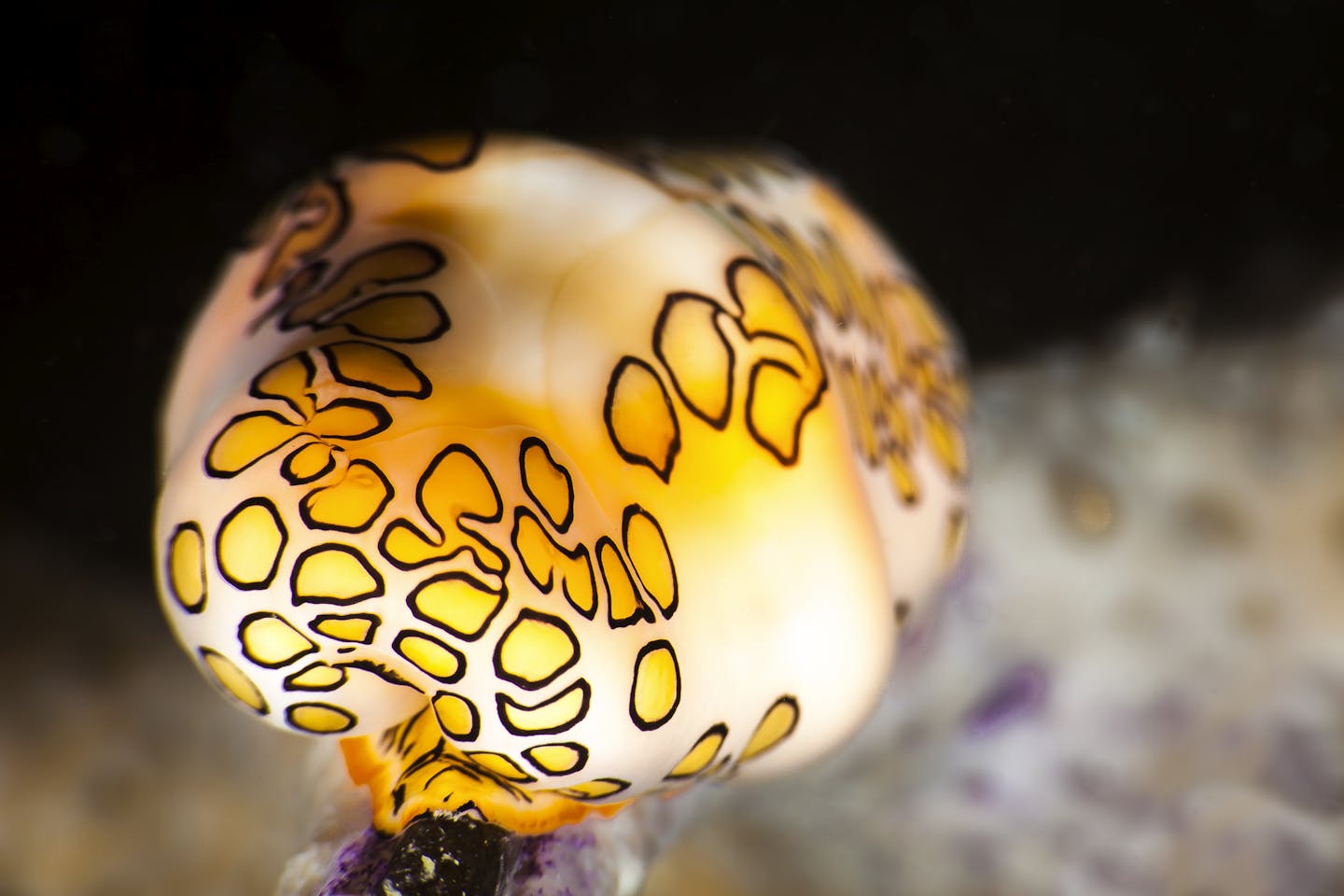Flamingo tongue snail: the beautiful tropical creature of the Caribbean
Each Wednesday, One Earth’s “Species of the Week” series highlights a relatively unknown and fascinating species to showcase the beauty, diversity, and remarkable characteristics of our shared planet Earth.
As if diving into clear turquoise waters of the Caribbean Sea, the Gulf of Mexico or the coasts of the Bermudas wasn’t mesmerizing enough; the native flamingo tongue snail makes it even more beautiful. The most common snail found below the surface of these waters is much different from their brownish-gray cousins on land. Instead, latched onto the neon coral reefs are snails in squishy shells, covered in orange and yellow omniform spots outlined by black.
Against the bright blue waters, this pattern appears similar to that of a leopard or cheetah; however, this vividly colored species is a marine gastropod mollusk called the flamingo tongue snail. Found as far south as Brazil and spanning up to North Carolina, the flamingo tongue snail is actually an active parasite that lives and feeds off coral polyps.
Despite technically having all of the qualifications for an invasive species, the flamingo tongue snail never kills their hosts and lives quite amicably, leaving only a small trail of dots upon the coral as it feeds. Inside the brilliantly patterned soft-tissue shell is a bright-colored animal with tentacles, two sensory organs on its head that resemble horns, eyes on top of these “horns,” and a foot that it uses to eat. This foot is called a radula and is more similar to a tongue as the flamingo tongue snail uses it to secrete chemicals that dissolve the coral into digestible food.
The slow-motion movement of the mollusk allows the coral enough time to regenerate, and the symbiotic relationship of these two species is furthered by co-protection. As the snail feeds, it takes in the toxins from the coral and is assimilated into the live mantel tissue of the shell. Predators of the flamingo tongue snail find this toxin distasteful and end up leaving both the mollusk and coral alone.

Flamingo tongue snail. Image credit: Wildscreen Exchange
When threatened, the defense mechanism of the flamingo tongue snail is to draw the colorful mantel tissue back into the shell. This process is called aposematism. The only other time the distinct markings are extracted is when the flamingo tongue snail dies. Flamingo tongue snails can live up to two years, and their recognizable symmetric pattern and coloring are due to a twisting motion that happens during the larval stage of life.
Female and male flamingo tongue snails leave behind mucus trails that release pheromones when it is time to breed. Procreation can last up to four hours, and after four days, the female will lay eggs on the raised portion of the host coral. Within each egg are around 300 embryos that will become larvae in ten to twelve days, surviving off plankton until they are fully grown.
Conservation of the snail has traditionally been word of mouth, as locals to the Western hemisphere’s warm waters know once a flamingo tongue snail is removed from its habitat, the shell will lose its color. Often visiting snorkelers and scuba divers will mistake the unique pattern for a permanent, hard seashell to add to their collection. Once a flamingo tongue snail dries out, the surface becomes a solid white or orange color with no markings at all except a longitudinal white or cream band.
Thus, in order to experience the beauty of these creatures, a vacation of tropical proportions will have to be booked.



